Introduction
Wenzhou, a coastal city in China’s Zhejiang Province, is renowned for its culinary traditions that blend seafood abundance with meticulous craftsmanship. Among its most cherished dishes is the humble yet exquisite Wenzhou fish ball (温州鱼圆), a dish that embodies the region’s maritime soul. Unlike the spherical, bouncy fish balls common in other Asian cuisines, Wenzhou’s version is elongated, tender, and subtly chewy, with a delicate flavor that highlights the freshness of the sea. This article delves into the time-honored techniques of preparing traditional Wenzhou fish balls at home, exploring the cultural significance, ingredient selection, and step-by-step methods that have been passed down through generations.
A Cultural Tapestry: The History of Wenzhou Fish Balls
The origins of Wenzhou fish balls trace back centuries, rooted in the region’s reliance on fishing as a livelihood. Fishermen and their families developed recipes to utilize every part of the catch, transforming lean, white-fleshed fish into a versatile ingredient that could be stored and enjoyed beyond the fishing season. The dish became more than sustenance—it evolved into a symbol of Wenzhou’s resourcefulness and culinary ingenuity.
In Wenzhou households, fish balls are not merely a meal; they are a载体 of tradition. Served during festivals, family reunions, and winter solstice celebrations, they embody warmth, togetherness, and respect for ancestral practices. The act of making fish balls is often a communal effort, with family members gathering to mince fish, knead dough, and shape the mixture into tender morsels. This communal preparation strengthens bonds and preserves cultural identity, ensuring the recipe endures in an era of modernization.
Ingredients: The Foundation of Authenticity
The success of Wenzhou fish balls hinges on selecting the finest, freshest ingredients. Traditional recipes prioritize local, white-fleshed fish such as cod, haddock, or sea bass. These varieties offer a mild, sweet flavor and a firm texture that holds up during cooking. Avoid oily fish like mackerel, as their strong taste can overpower the dish.
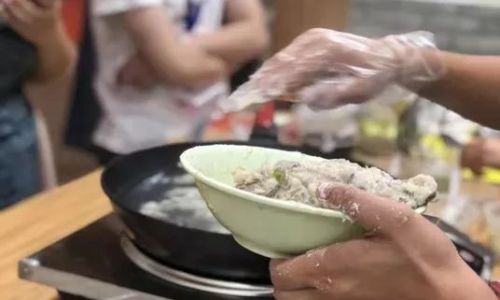
Key Ingredients List:
- 500g fresh white-fleshed fish (filleted, skin and bones removed)
- 100g potato starch (or sweet potato starch for added chewiness)
- 10g fine sea salt
- 1g white pepper powder
- 5g granulated sugar (optional, to balance flavors)
- 10g ginger juice (freshly squeezed)
- 500ml cold water (for broth)
- 20g Shaoxing wine (for broth)
- 10g sesame oil (for garnish)
- Fresh cilantro (for garnish)
- White vinegar (for serving)
Equipment Essentials:
- A sharp Chinese cleaver (for mincing fish)
- A sturdy wooden chopping board
- A large mixing bowl
- A heavy-bottomed pot (for boiling broth)
- A slotted spoon
- A piping bag or spoon (for shaping fish balls)
The Preparation Process: From Fillet to Finished Dish
Filleting and Cleaning the Fish
Begin by selecting a fresh, whole fish. Scaling and gutting are essential to eliminate bitterness. Using a flexible fillet knife, carefully remove the flesh from the bones, working against the grain to preserve texture. Reserve the head and bones for broth, if desired.
Pro Tip: Ask your fishmonger to fillet the fish for you, but insist on retaining the head and bones—these impart depth to the broth.
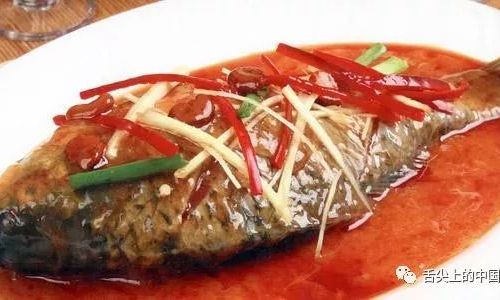
Mincing the Fish: The Heart of the Recipe
Traditional Wenzhou fish balls demand a coarse, hand-minced texture, not a smooth purée. This step requires patience and precision:
- Chop the fillets into small cubes.
- Using a Chinese cleaver, rhythmically mince the fish, occasionally scraping the mixture back into a pile. Avoid over-processing, as overmincing can release excess moisture and result in a mushy texture.
- Aim for a grainy consistency resembling coarse breadcrumbs. This texture ensures the fish balls retain their shape and offer a pleasing chew.
Seasoning and Binding the Mixture
In a large mixing bowl, combine the minced fish with potato starch, salt, white pepper, sugar (if using), and ginger juice. Gently fold the ingredients together using your hands, applying light pressure to develop elasticity without compacting the mixture.
Key Ratio: A 1:5 ratio of starch to fish (e.g., 100g starch per 500g fish) strikes the perfect balance between tenderness and structure.
Shaping the Fish Balls: A Delicate Art
Wenzhou fish balls are traditionally oval-shaped, with a slightly tapered end. To shape them:
- Lightly dampen your hands to prevent sticking.
- Scoop a tablespoon of mixture and roll it between your palms to form a smooth, elongated shape.
- For added authenticity, use a spoon dipped in cold water to scrape the mixture into the broth, creating a ridged texture.
Cooking the Fish Balls: The Poaching Method
Bring a pot of lightly salted water to a gentle simmer (around 85°C/185°F). Avoid boiling, as aggressive heat can cause the fish balls to disintegrate.
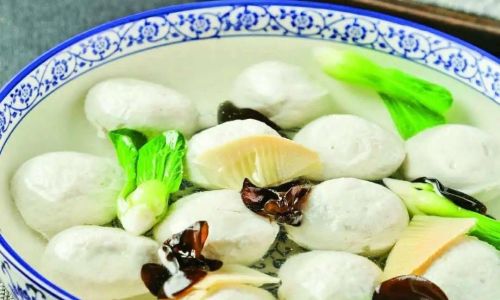
- Gently lower the shaped fish balls into the water using a slotted spoon.
- Cook for 5–7 minutes until they float to the surface, indicating doneness.
- Remove with a slotted spoon and transfer to an ice bath to halt cooking and preserve texture.
Preparing the Broth: Subtlety is Key
The broth should complement, not overpower, the fish balls’ delicate flavor:
- In a separate pot, simmer fish bones, ginger slices, and Shaoxing wine in 500ml water for 20 minutes.
- Strain the broth to remove solids, then return it to the pot.
- Add cooked fish balls and warm gently.
Serving and Garnishing: The Final Flourish
Ladle the fish balls and broth into bowls. Drizzle with sesame oil, sprinkle with cilantro, and serve with a small dish of white vinegar for dipping. The vinegar’s acidity cuts through the richness, elevating the dish’s complexity.
Troubleshooting Common Challenges
Fish Balls Falling Apart During Cooking:
- Cause: Insufficient starch or overhandling.
- Solution: Increase starch by 10% and handle the mixture gently during shaping.
Tough Texture:
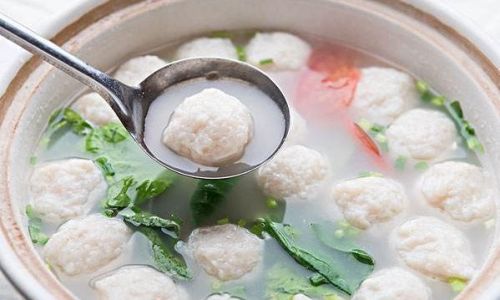
- Cause: Overmincing or high heat during cooking.
- Solution: Maintain a coarse texture and poach at a low simmer.
Bland Flavor:
- Cause: Underseasoning or poor-quality fish.
- Solution: Taste and adjust seasoning before shaping, and use the freshest fish available.
Variations and Modern Twists
While purists adhere to tradition, contemporary cooks often experiment:
- Spicy Fish Balls: Add minced ginger and chili oil to the broth.
- Herb-Infused: Mix chopped cilantro or dill into the fish mixture.
- Stuffed Fish Balls: Encase a cube of tofu or shrimp inside each ball.
The Cultural Significance of Wenzhou Fish Balls
Beyond the kitchen, fish balls hold profound cultural meaning. Their elongated shape symbolizes longevity and prosperity, making them a staple at Lunar New Year feasts. The act of sharing a bowl of fish balls with loved ones reinforces familial ties and honors the wisdom of ancestors.
Conclusion: A Taste of Tradition, Handcrafted with Love
Crafting traditional Wenzhou fish balls at home is an act of culinary devotion—a bridge between past and present, sea and table. While the process demands time and attention, the result is a dish that transcends mere sustenance, embodying the spirit of Wenzhou’s coastal heritage. Whether enjoyed on a chilly winter evening or shared with family during a festive gathering, these fish balls are a testament to the enduring power of tradition. So, roll up your sleeves, sharpen your cleaver, and embark on a journey to savor the taste of Wenzhou—one delicate, handcrafted fish ball at a time.
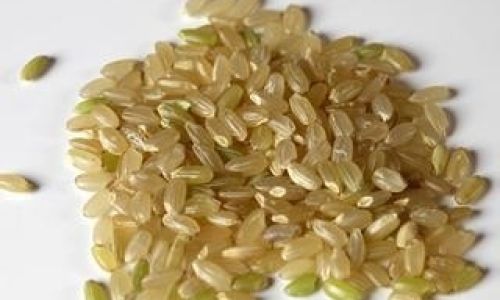
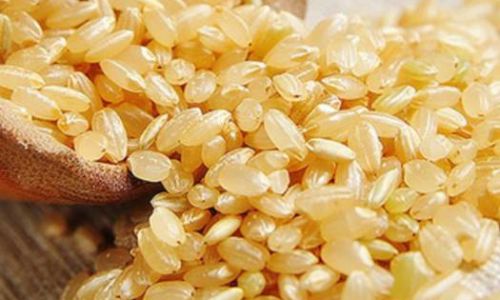
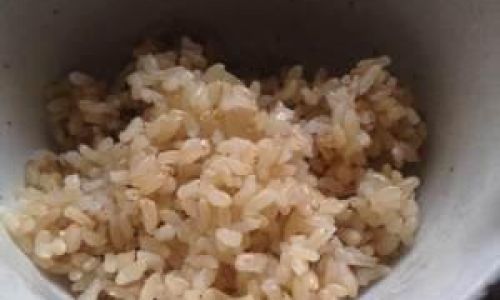
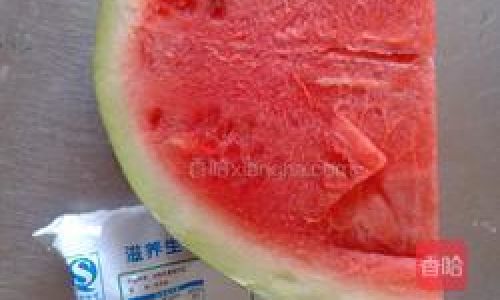
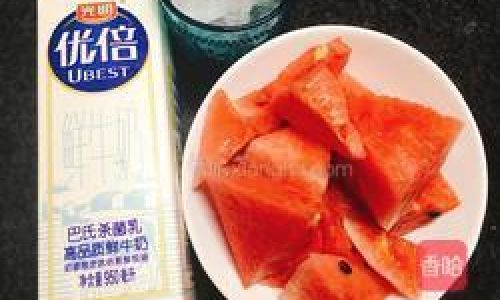
0 comments